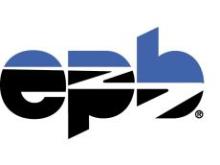EC Fiber Pilot Project Exceeds Financing Goals
Update: We have covered the second round of financing from ECFiber here.
The East Central Vermont Fiber Network, connecting some 23 rural towns, announced back in July that they would self finance a pilot project as a preliminary step to securing the full funding for the project.
Right around Thanksgiving, last year, David Brown updated the community on progress via an article in the Vermont Standard:
It would have been terrific to get the $50million needed to build out all 35,000 telephone and electric poles with 1,500 miles of fiber optic cable. Along the way, we learned an important lesson. We noticed that government money went to existing telephone companies to expand existing networks rather than funding start-ups like ours. That’s when the ECFibernauts decided on a change in strategy: build a small network, get a few real customers, and deliver rock-solid ultra-fast Internet to them as a proof of concept – all using our own money. Then, when all the critical components are up and running, go to the commercial markets for funding needed to expand out to all 23 towns.
The ECFiber Governing Board and our technology partners ValleyNet, Inc. are fortunate to have several experienced financiers within our ranks. Working with our attorneys (to keep everything legal) ECFiber is reaching out to the community with a private offering of tax-exempt promissory notes. As of this writing, we have raised more than three-quarters of what is needed to complete Phase I of our project. The ECFiber hub is now under construction on Waterman Road in Royalton and an initial pole attachment application for 500 poles is being processed. Phase I will bring ECFiber service to selected businesses, schools, town facilities and residents in Bethel, Barnard, Stockbridge and Royalton.



